- Overview
- Trip Outline
- Trip Includes
- Trip Excludes
- Gallery
- Reviews
- Booking
- FAQ
Rongai is the only route starting on the northern slope of Kilimanjaro. Though this part of the Mountain is rarely visited by hikers, it is not less interesting than the popular southern and western slopes. We recommend Rongai to all those who like reclusive hiking experiences. Getting to the trailhead – Nalemuru Gate – usually takes 3-4 hours from Moshi.
Rongai is also the only route that passes by Mawenzi, one of the three volcanic cones of Kilimanjaro and the third highest peak in Africa. The way back lies through Marangu, and thus you will be able to see both sides of the mountain. Though six and seven-day programs are available, a longer option is recommended for better acclimatization transition.
No details found.
Itineraries
Day 1
Trekking from Nalemuru Gate to Simba Camp
A guide and a mountain support crew will arrive at the hotel in the morning in order to meet you and hold a quick briefing, after which you will travel by vehicle to Kilimanjaro National Park’s northern entrance: Nalemuru Gate (2,020 m). After the quick formality of acquiring climbing permits and registering with the search and rescue service, the group will start trekking up to Simba Camp (2,625 m). Your trek this day will be moderate and take you through coniferous forest up Kilimanjaro’s northern slope. Remember not to hurry and always keep a comfortable pace. By the time you reach the camp, our professional mountain crew will prepare everything necessary, put tents and cook dinner for you.
This will be your first day at this altitude, so it is strongly recommended you heed the following instructions from this point on:
- Abstain from consuming alcohol and caffeine
- Drink over 4 liters of bottled water daily (little by little, frequently)
- Take a Diamox pill to help alleviate symptoms of altitude sickness. Most mountain climbers take Diamox in the morning, before they start their ascent, in order to reduce discomfort associated with altitude sickness. We recommend you consult your doctor prior to the trip in case of potential allergies.
At night you may experience discomfort associated with acclimatization to the high altitude: because of a reduction in your waking breathing pattern, your body gets less oxygen than during the day. Taking altitude into account, you may therefore start feeling sick and have a headache. Pay attention to your own body and tell your guide if you start feeling any symptoms of altitude sickness.
- ELEVATION: 2,020 m to 2,625 m
- HIKING TIME : 3-4 hours
- DISTANCE: 8 km
- DIFFICULTY: Low
- HABITAT: Rainforest
Day 2
Trekking from Simba Camp to Kikilewa Camp
Early in the morning after breakfast, the group will depart from Simba Camp to start trekking towards your second high altitude camp: Kikilewa Camp (3,630 m) where you can see Kibo Volcano at its finest (barring cloudy weather). This trekking is more physically demanding than the previous one, so once you are in the camp, full rest is recommended.
- ELEVATION: 2,625 m to 3,630 m
- HIKING TIME: 5-6 hours
- DISTANCE: 10 km
- DIFFICULTY: Medium
- HABITAT: Moorland
Day 3
Trekking from Kikilewa Camp to Mawenzi Tarn Camp
Early wakeup, breakfast and the start of trekking to Mawenzi Tarn Camp, which is situated at the foot of Mawenzi Volcano, Kilimanjaro’s second summit. When you reach the camp, you will have lunch and a two-hour rest, after which there will be an acclimatization hike towards Mawenzi Volcano with a 200-meter gain in altitude, followed by a hike back down to Mawenzi Tarn Camp, where you will have dinner in the evening.
Note: The acclimatization hike is an easy trek with a slight gain in altitude done in order to speed up the acclimatization process. You should take the acclimatization hikes very seriously. They help increase your chances of successfully summiting Kilimanjaro and save you from the consequences of altitude sickness.
- ELEVATION: 3,630 m to 4,310 m
- HIKING TIME: 4-5 hours
- DISTANCE: 6 km
- DIFFICULTY: Medium
- HABITAT: Moorland
Day 4
Trekking from Mawenzi Tarn Camp to School Hut Camp
This day will be spent trekking towards School Hut Camp (4,715 m). The landscape will change significantly to give way to a rocky semidesert. The actual trekking is not very difficult; just remember to stick with an appropriate pace to keep up your strength for the trekking to Kilimanjaro’s summit. When you reach the camp, we recommend you sleep well, avoid strenuous activity, and drink as much as you can, because that very night you will be ascending Uhuru Peak (5,895 m).
- ELEVATION: 4,310 m to 4,715 m
- HIKING TIME: 5-6 hours
- DISTANCE: 9 km
- DIFFICULTY: Medium
- HABITAT: Alpine desert
Day 5
Trekking to Uhuru Peak and Descent to Horombo Camp
Night departure from School Hut Camp (4,715 m) and the start of your trekking to Kilimanjaro’s summit: Uhuru peak (5,895 m). The trekking will be moderate from a physical standpoint, but the altitude presents a much more serious problem. For the entire length of the trekking each pair of climbers will be accompanied by their own guide, who will be monitoring your stamina and mental resolve. After your successful ascent to Uhuru Peak, you can descend to the nearest glacier if desired. Then you will return to Kibo Camp and after a two-hour rest continue your descent to School Hut Camp (3,720 m).
Note: Don’t forget that 90% of all accidents occur during the descent, including all broken arms and legs. Please pay attention to your feet, as there is a high risk of damaging your toenails.
- ELEVATION: 4,715 m to 5,895 m
- HIKING TIME: 12-14 hours
- DISTANCE: 21 km
- DIFFICULTY: High
- HABITAT: Arctic
Day 6
Descent from Horombo Camp to Marangu Gate
You will be offered a warm breakfast in the morning, after which we will head for the Kilimanjaro National Park’s exit: Marangu Gate (1,860 m). After your descent the whole group will gather to congratulate you, and then you will have the chance to share your opinions on the trip in the guestbook. Lastly, we will present you with your commemorative certificates (in our office) and provide you a transfer back to the hotel.
- ELEVATION: 3,720 m to 1,860 m
- HIKING TIME: 5-6 hours
- DISTANCE: 18 km
- DIFFICULTY: Medium
- HABITAT: Rainforest
- Park fees,
- camping fee,
- rescue fees,
- crew salary,
- professional English speaking mountain guide,
- cook and porters,
- camping equipment,
- 3 meals a day during trekking,
- unlimited drinking water,
- transport from your accommodation on Moshi to the starting point and back after the trekking,
- briefings and equipment inspections,
- accommodation before and after the trek,
- Airport pick-up and drop-off.
- Tipping for the crew,
- personal trekking gear,
- things of a personal nature,
- alcohol
Any physical exercise you can undertake before to your climb will make it more fun. Whether you’re going for the Uhuru Peak or a shorter trek, how hard you train will be determined by your goals.
The Rongai trail is accessible all year, however, it may be rainy and chilly, necessitating the use of waterproof clothing. Consider climbing during the months of January and March and June and October. The rainiest months are April, May, and November.
While some trekking trip providers may provide some equipment, there are a few must-haves, such as waterproof clothing, a headlamp, sunglasses, proper hiking boots, personal medication, a non-disposable water bottle, and a cap or beanie, to name a few.
Mount Kilimanjaro welcomes hikers of all fitness levels and abilities, but if you want to reach the summit, you’ll need to prepare ahead and train hard. To minimize altitude sickness and to enjoy your experience climbing Kilimanjaro, consider adding extra time to your plan. Find out more.
We carry emergency oxygen on all our climbs, for use when someone is suffering from a serious altitude-related illness. In this event the guide would ask you to descend since this is the only way to recover; however, oxygen can help people feel better during the descent, therefore making evacuation easier and safer.
We don't carry Gamow bags. This is because for altitude the best treatment is descent; either on foot, stretcher or by helicopter; dependent upon the severity of the situation and which means of evacuation is accessible given location and weather. A Gamow bag creates an artificial environment where the air pressure is increased, simulating descent; however, it cannot be moved once a person is inside as pressure must be maintained. This makes it practically impossible to descend. Once removed from the bag the casualty is back in the same situation as before. It is therefore only really useful if a casualty is unable to descend for some reason. In all other cases starting the descent as soon as possible is preferable. Since Kilimanjaro is a freestanding mountain, different from the Himalayas, it is relatively straight forwards to descend without having to climb higher over mountain passes. There are only a few places where any ascent would be necessary to evacuate. If you would still prefer to climb with a Gamow bag this can be arranged at an extra cost.
We will send you a comprehensive equipment checklist, including items available for hire, upon inquiry. Prices are for the duration of the climb, not per day, and costs can be paid in USD$ cash at your briefing. All equipment is of good quality, however, we advise bringing your own walking boots, socks, and base layer clothing, as these will inevitably be a better fit than items you hire.
Mattresses are closed-cell foam, approximately 7cm thick with a heavy-duty cover, insulating you well from the ground. If you plan to bring your own inflatable mattress, it’s worth investing in a good quality one as cheaper versions are prone to leaks and punctures. Premium climbs include mattresses as part of the package price.
Our equipment list includes everything you need for summit night and will give you the flexibility to adjust layers according to the temperature. When you start climbing on summit night you may not be that cold, but the temperature drops considerably through the night, even more so if you are exposed to the wind. Once the sun rises you need to take layers off again. Our guides recommend the following:
Lower Body: warm socks; thermal leggings; thick walking trousers/fleece trousers; waterproof trousers (for wind rather than rain).
Upper Body: a short-sleeved base layer; long-sleeved thin base layer; long-sleeved mid layer; microfleece; warmer fleece; down jacket; hat & gloves.
You don't need to wear your waterproof jacket if it's not raining, but it needs to fit over your layers if it is!
No! We use either a Katydyn filter or water purification tablets to treat the water, making it safe for you to drink. You do not need to bring these yourself. Since the tablets are usually chlorine-based, there can be a slight lingering taste in the water. You can bring neutralizing tablets, electrolytes or flavored cordial/squash to cover the taste.
Our cooks prepare three hot, nutritious meals daily, as well as snacks and afternoon tea. Delicious vegetarian, vegan, gluten-free and other special meals can be provided. Please let us know in advance. If you would like more details or a sample menu, please ask.
At the base of the mountain, average temperatures are 70 to 90°F (21 to 32°C) throughout the year. On the summit, temperatures range from -10 to 23°F (-23 to -5°C) with windchill. Weather is changeable, and you should be prepared for these extremes. Your guide will help you decide on appropriate clothing in a detailed daily briefing.
Once you are settled in Moshi your head guide will come to meet you for a full mountain briefing. They will check your equipment and help hire anything additional you might need. Whilst we realize some people have a lot of hiking experience, for many of our climbers this is not the case. It’s also a chance to meet other climbers in your group. During the briefing, your guide will discuss plans and logistics for the first day of your climb, amongst other important information to help you prepare.
Our crew all receive fair salaries; however, they also rely on the income they receive from tips. Our tipping guidelines are in line with KPAP and are recommended guidelines only. Below are standard tipping recommendations to be split between everyone in your group. We prefer you to distribute tips to crew members individually and directly at a ceremony held at the end of your climb. It is a good idea to bring some notes in lower denominations to assist with splitting funds. We will provide a tipping guide with specific crew numbers at your briefing, with envelopes to help you separate money into individual amounts.
Head Guide: USD$20 per day
Assistant Guide(s): USD$12 per day
Cook(s): USD$12 per day
Porters: USD$5-7 per day
In order to help you calculate a rough total tipping amount, we work with ratios of at least one guide per two clients and approximately four porters per client. Please remember porters carry food, gas, tents, etc. in addition to your personal luggage. Beyond your climb, you will find people helping you with various other tasks. For example, there may be a porter at the airport to help carry your bag to the vehicle. At the lodge, someone may help bring your bags to your room. Whilst tipping is not culturally expected in these situations, it is appreciated and is worth having some USD$1 notes available for this.
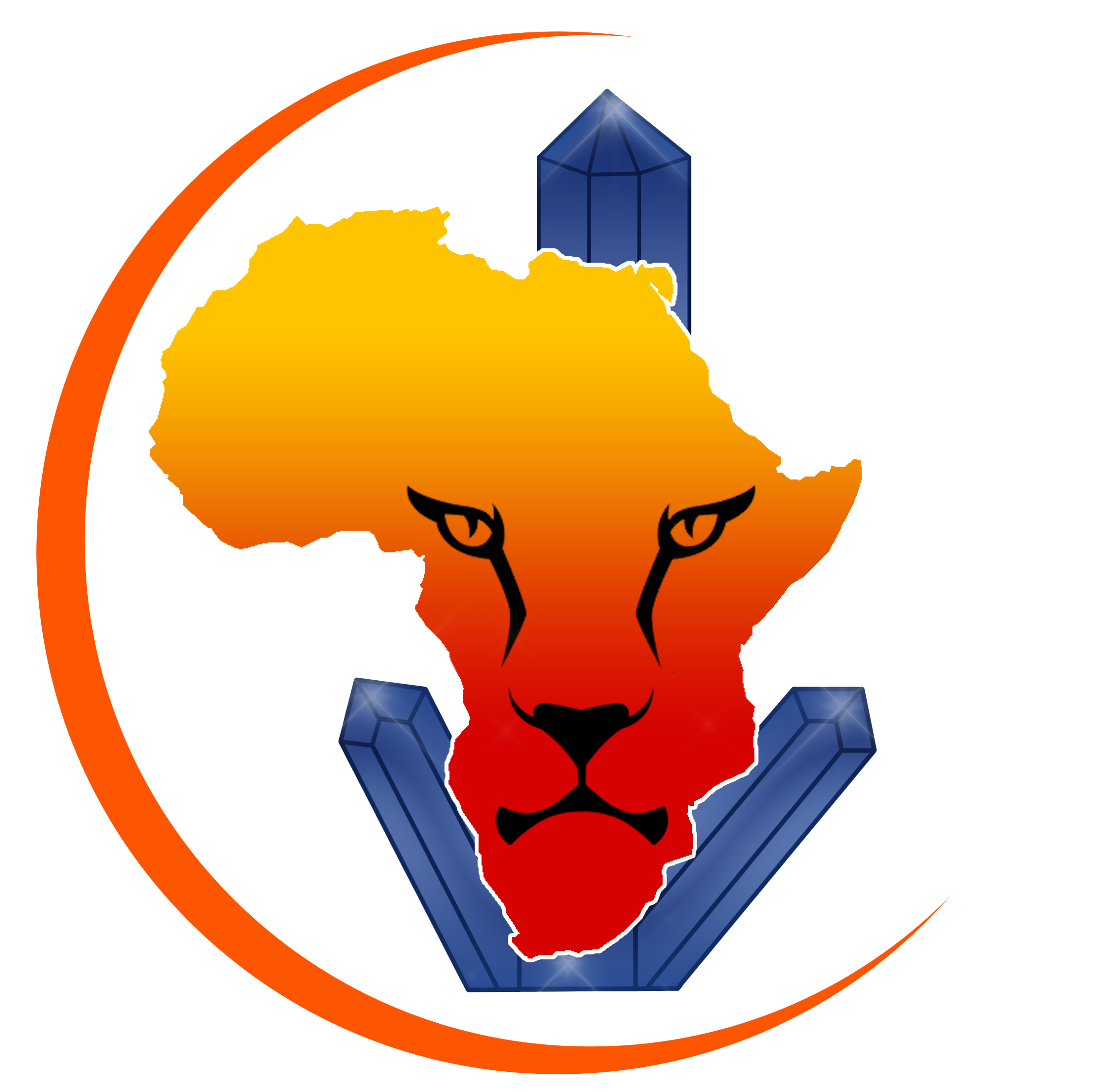
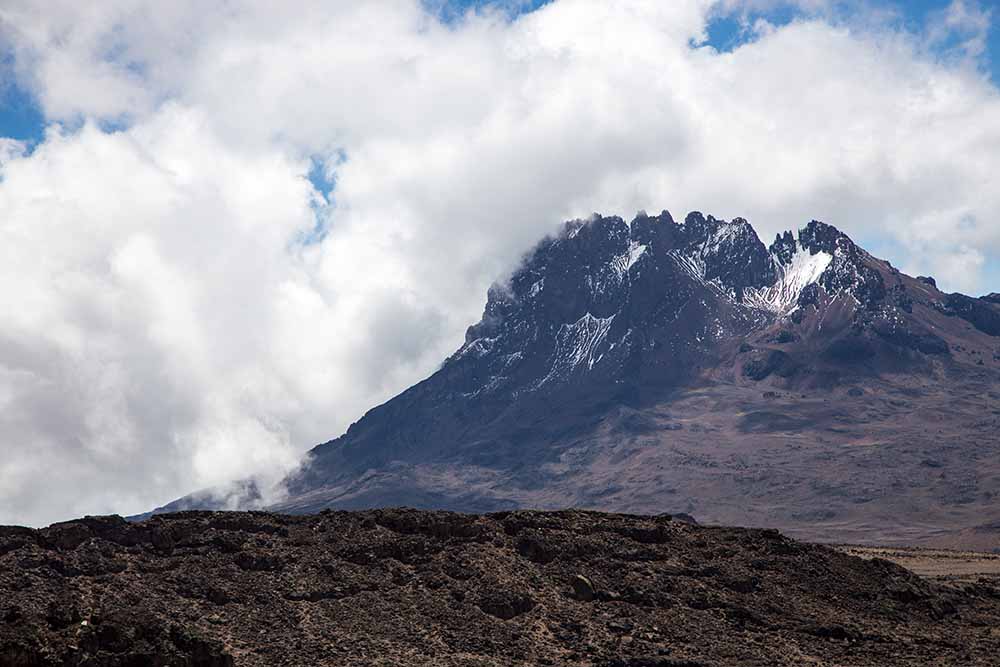

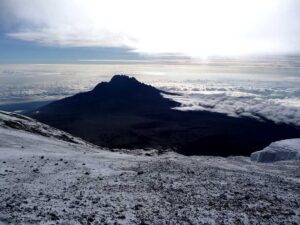
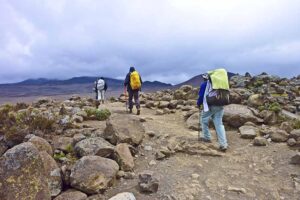
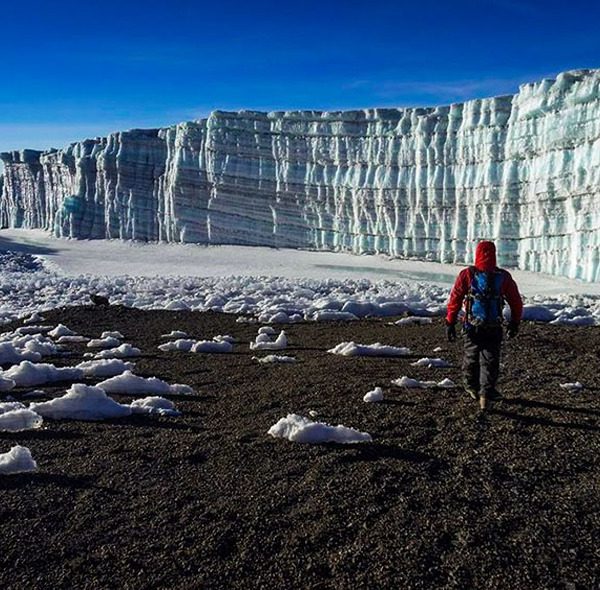
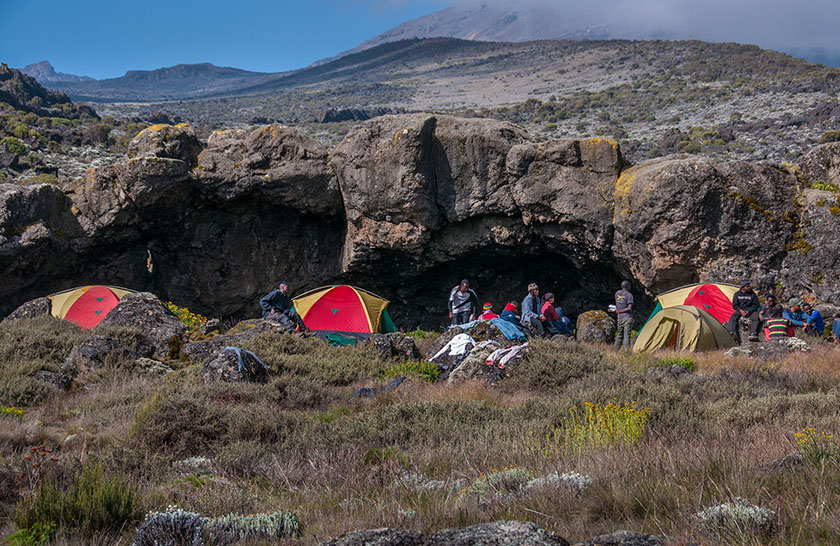
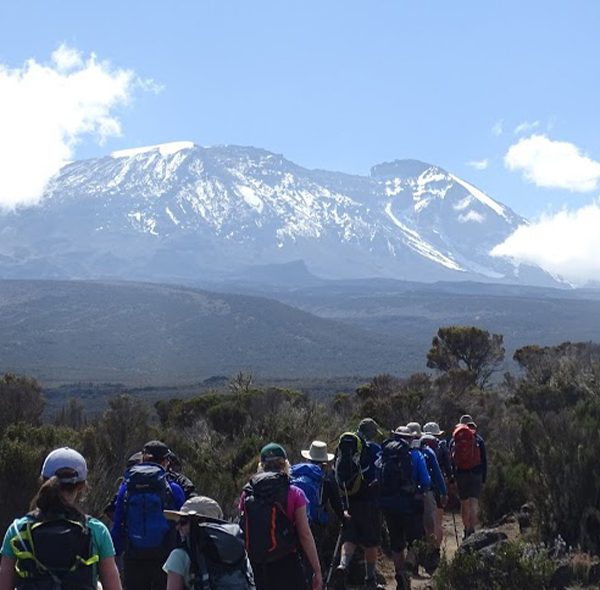
There are no reviews yet.